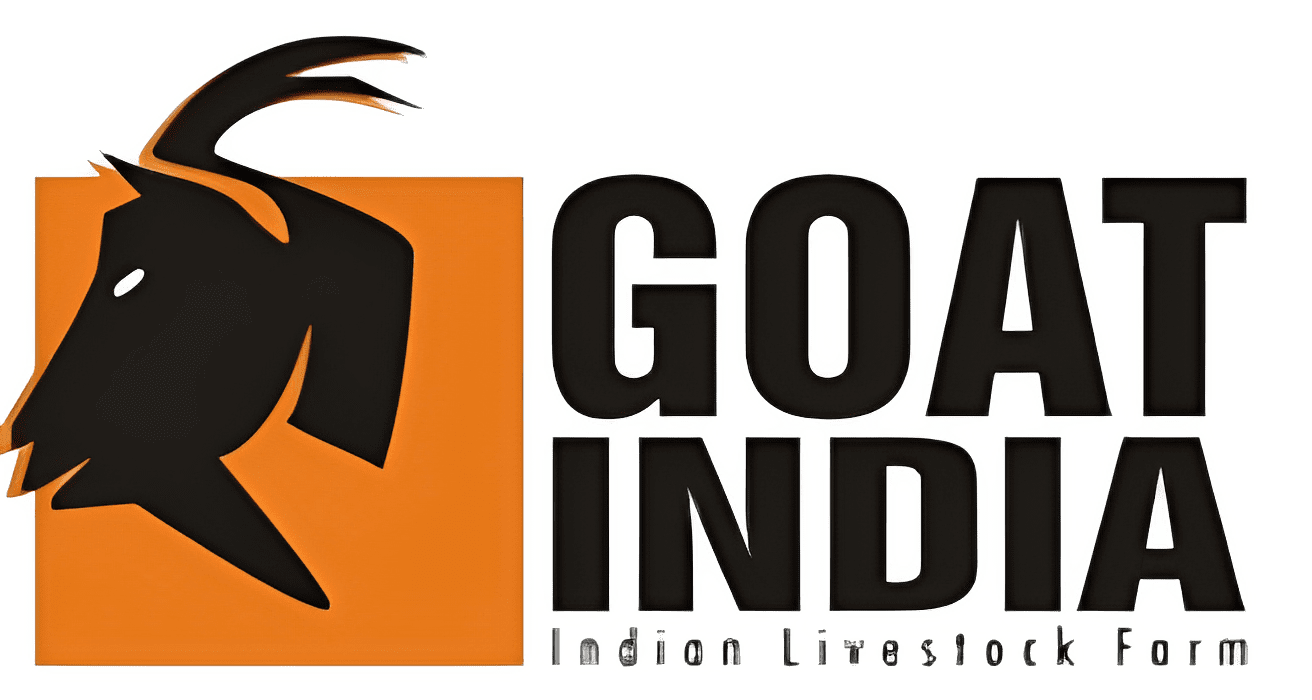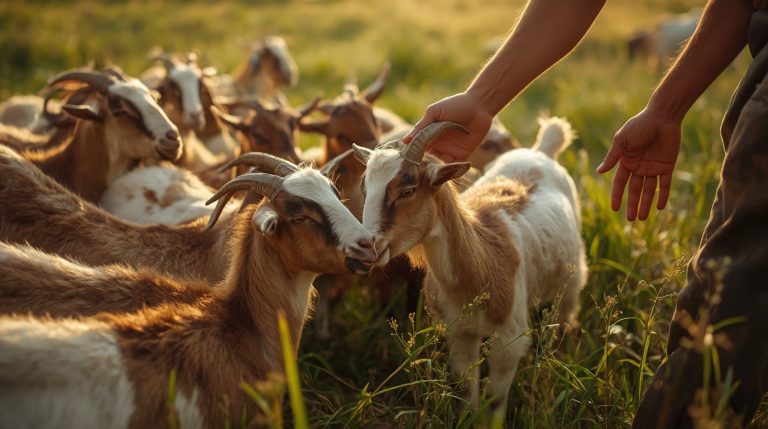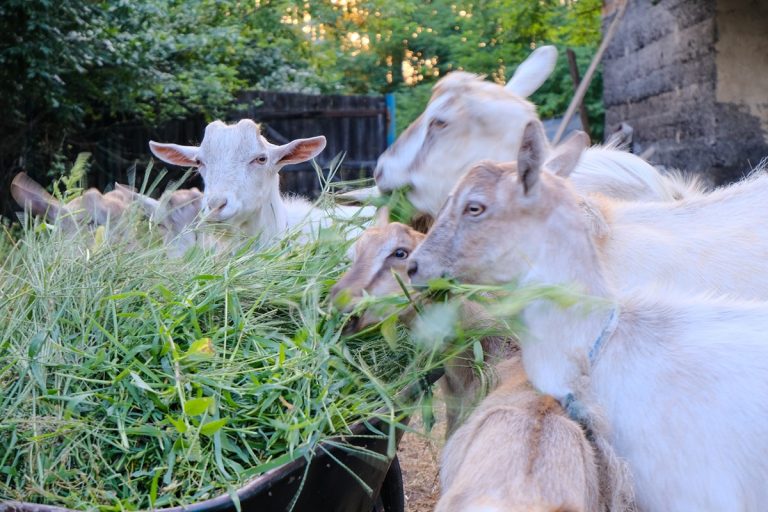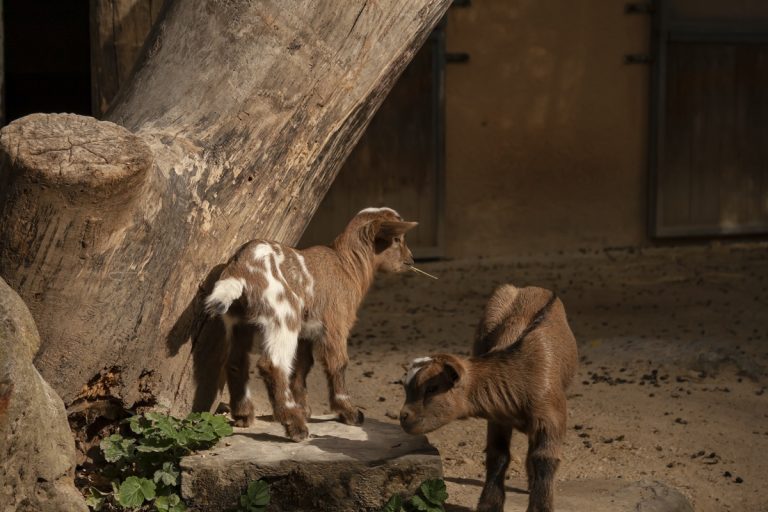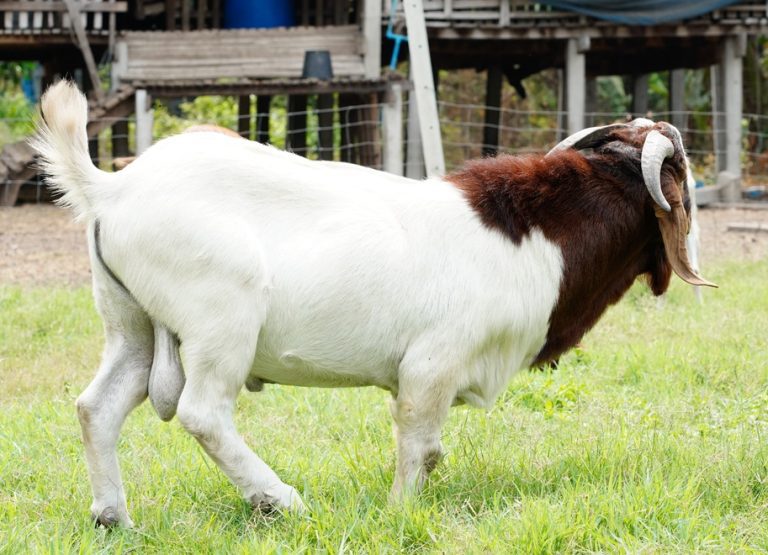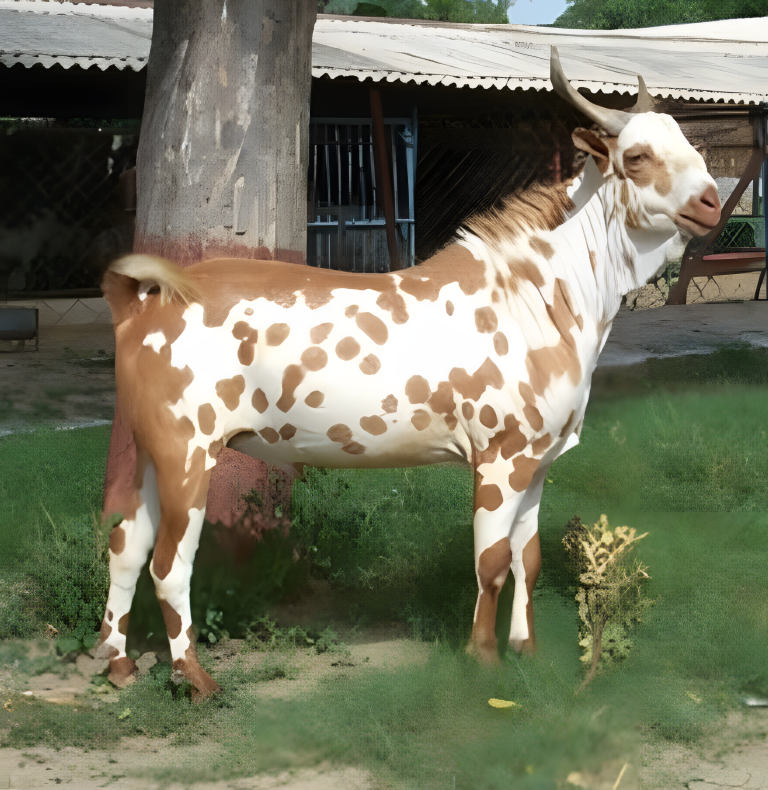Complete Guide to Feeding Goats
Master practical goat nutrition with evidence-based feeding strategies, balanced diet planning, and cost-effective feeding solutions for Indian farming conditions.
Feeding Facts That Matter
Critical nutrition statistics every goat farmer should know for optimal herd health and productivity
Comprehensive Feeding Knowledge
Detailed information organized by feeding categories for practical implementation
Daily Nutrient Requirements
Adult goats require 2.5-3kg dry matter daily with 12-18% crude protein. Lactating does need 16-18% protein, while dry does require 12-14%. Energy needs range from 55-65% TDN (Total Digestible Nutrients).
Water Requirements
Provide 4-5 liters clean water daily per adult goat. Lactating does require 6-8 liters. Water consumption increases in hot weather and with high-protein feeds. Always ensure fresh, clean water availability.
Mineral & Vitamin Needs
Essential minerals include calcium, phosphorus (2:1 ratio), sodium, and trace elements like copper, zinc, selenium. Provide vitamin A, D, E supplements, especially during housing periods or poor-quality forage seasons.
Fiber Requirements
Maintain 18-25% crude fiber in total diet. Adequate fiber ensures proper rumen function and prevents digestive disorders. Long-stem roughage should comprise 60-70% of daily dry matter intake.
Quality Forages
Berseem, lucerne, and Rhodes grass provide excellent nutrition. Crop residues like wheat straw, rice straw (treated with urea), and sugarcane bagasse serve as bulk feeds. Fresh fodder should be 40-50% of diet.
Concentrate Feeds
Grain mixture of maize (40%), wheat bran (25%), groundnut cake (20%), gram (10%), and minerals (5%). Adjust concentrate levels: 200-300g for dry does, 400-600g for lactating does.
Local Feed Options
Utilize regional feeds like jowar stalks, bajra straw, mustard stalks in Rajasthan; paddy straw in Punjab; ragi straw in Karnataka. Cost-effective options reduce feeding expenses significantly.
Feed Processing
Chop fodder to 2-3 inch pieces for better utilization. Soak straws overnight or treat with 4% urea solution to improve digestibility. Steam or pressure cook grains to enhance palatability.
Kid Feeding Program
Colostrum within 1 hour of birth. Milk feeding 4-6 times daily for first week, then 3-4 times until 10 weeks. Introduce kid starter (18% protein) at 2 weeks. Weaning at 10-12 weeks or 12-15kg body weight.
Pregnant Doe Nutrition
Increase concentrate by 25% in last 6 weeks of pregnancy. Provide 14-16% crude protein diet with adequate calcium and phosphorus. Avoid moldy feeds and ensure consistent feeding schedule.
Lactating Doe Program
Feed 400-600g concentrate plus 2-3kg quality fodder daily. Provide concentrate 30 minutes before milking. Increase feeding frequency to 3-4 times daily during peak lactation period.
Buck Feeding Schedule
Adult bucks require 600-800g concentrate daily during breeding season. Maintain 16% protein level with adequate vitamin E and zinc supplementation. Reduce concentrate during off-season to prevent obesity.
Feed Storage Guidelines
Store concentrates in dry, ventilated areas with moisture content below 12%. Use within 3 months of preparation. Protect from rodents and insects. Store fodder in covered areas to prevent mold formation.
Feeding Time Management
Maintain consistent feeding schedule: Morning (6-7 AM), Afternoon (12-1 PM), Evening (5-6 PM). Feed concentrates before roughage. Allow 2-3 hours between concentrate and roughage feeding.
Cost Optimization
Use 60% farm-grown fodder, 25% crop residues, 15% purchased concentrate. Prepare balanced rations using least-cost formulation. Group feeding reduces waste by 15-20% compared to individual feeding.
Feed Quality Assessment
Check fodder for mold, foreign materials, and proper curing. Concentrate should have pleasant smell, uniform color, and no rancidity. Reject feeds with moisture above 14% or insect infestation.
Feeding Best Practices
Evidence-based feeding techniques for optimal goat health and productivity
Seasonal Feeding Adjustments
Summer requires 20% more water and shade feeding. Monsoon demands mold-free storage and proper drainage. Winter feeding includes energy-rich feeds and vitamin supplementation. Adjust feeding schedules based on regional climate patterns.
Regional Adaptation: Rajasthan farmers increase concentrate during summer months, while Punjab farmers focus on quality fodder preservation during monsoon season.
Feed Conversion Efficiency
Well-balanced diets achieve 4:1 feed conversion ratio (4kg feed per 1kg body weight gain). Proper protein-energy balance improves milk production by 15-20%. Quality feeding reduces veterinary costs by 30-40%.
Performance Indicators: Monitor body condition score, milk yield, and feed intake regularly to assess feeding program effectiveness.
Common Feeding Mistakes
Avoid sudden feed changes, overfueling with grain, inadequate water supply, poor-quality roughage feeding, and irregular feeding schedules. These mistakes cause digestive disorders, reduced productivity, and increased mortality rates.
Prevention: Gradual diet transitions over 7-10 days, regular feed quality checks, and consistent feeding routines prevent most nutritional problems.
Feeding Comparison Guide
Compare feeding requirements across different goat categories and production stages
| Category | Body Weight (kg) | Dry Matter (kg/day) | Crude Protein (%) | Concentrate (g/day) | Water (L/day) |
|---|---|---|---|---|---|
| Growing Kids (3-6 months) | 8-15 | 0.8-1.2 | 16-18 | 150-250 | 1.5-2.5 |
| Young Does (6-12 months) | 15-25 | 1.2-1.8 | 14-16 | 200-300 | 2.5-3.5 |
| Dry Adult Does | 35-45 | 2.0-2.5 | 12-14 | 200-300 | 4-5 |
| Pregnant Does (Last 6 weeks) | 40-50 | 2.2-2.8 | 14-16 | 300-400 | 5-6 |
| Lactating Does (Peak lactation) | 40-50 | 2.5-3.2 | 16-18 | 400-600 | 6-8 |
| Adult Bucks (Breeding season) | 60-80 | 2.8-3.5 | 14-16 | 600-800 | 6-8 |
Start Optimal Feeding Today
Implement these proven feeding strategies to improve your goat herd’s health and productivity
